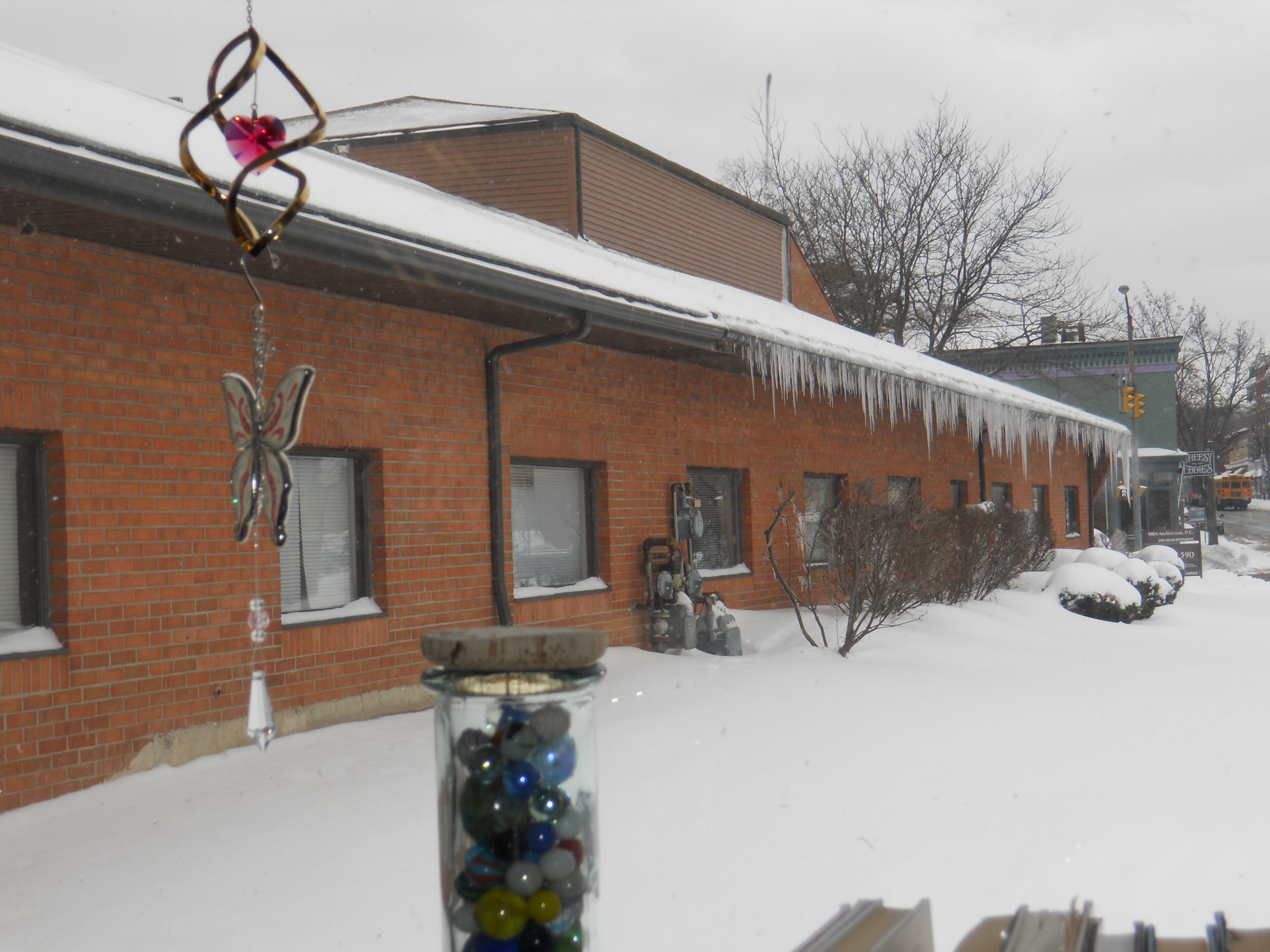Heating Problems
There are a number of insulation related problems that are inherent with home and commercial building that when left un-treated will dramatically reduce the insulation properties of a dwelling and over time will cause severe structural damage.
These heating problems include:
Air Infiltration
Insulation is tested for conduction heat transfer only and not convection heat transfer . Unfortunately, most houses built today use insulation which performs poorly under convective conditions. Among these are fiberglass, cellulose, mineral wool, perlite, and cotton. All of these products allow warm or cold air to transfer though the insulation material. Since air can penetrate the insulation directly, it carries the cold or heat right through the insulation where there is no vapor barrier. If you look at most jobs where the insulation was installed, there are air gaps around the vapor barrier (kraft facing in many cases). This allows the outside air to penetrate through to the drywall or plaster. Once there, it seeks out the outlets and switch boxes where it can permeate through to the living space of your home.
The Drafting Effect
There are a couple of adverse effects of convection heat transfer. As heat naturally rises, it will rise to the ceiling of a room and ultimately the attic. If there is not an air barrier between the living space and attic space, the heat will be drafted into the attic. A well ventilated attic will allow the heat to escape to the great outdoors. A poorly ventilated attic can cause ice damming and extensive structure damage. The problem is that the heat is allowed into the attic space through convection where it can heat the under side of the roof. This creates a draft effect throughout your house which "pulls" cold air in through cracks around your doors, windows, and walls. An air barrier and insulating material can prevent the drafting effect and condensation problems even when applied directly to the underside of the roof eliminating the need for attic ventilation. This has also been approved by the ICC for spray foam insulations.
Ice Damming
One of the adverse effects of convection heat transfer is ice damming. As heat naturally rises, it will rise to the ceiling of a room and ultimately the attic. If there is not an air barrier between the living space and attic space, the heat will be drafted into the attic. Ice damming is caused when inadequate insulation or attic venting causes snow on the roof to melt and flow to the eaves, it then encounters colder conditions which will freeze it and back up any future flow. This then allows water and/or ice to accumulate underneath roofing material, which can lead to rotting, leaking, and water penetration onto current attic insulation, degrading its performance and repeating the cycle. Ice damming can be eliminated almost completely with proper attic insulation. This has also been approved by the ICC for spray foam insulations.
Moisture and Condensation
Another concern with conventional insulation is moisture and condensation, which can lead to mold and mildew growth within your walls. As the cold air comes in contact with many of the vapor barriers used (like plastic or kraft facing) it causes condensation on the opposite side of the vapor barrier which has warm moist are along it. This is similar to the outside of a cold glass of ice where water occurs and drips onto the table. This is the same thing happening in many insulated walls of homes today. Even without a lot of convection heat transfer, just a slight amount can create a dark moist or wet environment which will promote mold and mildew to grow and cause poor indoor air quality. It only takes a small amount of direct contact of warm moist air to cold air separated by the vapor barrier to create unwanted moisture and many adverse effects in your walls.






